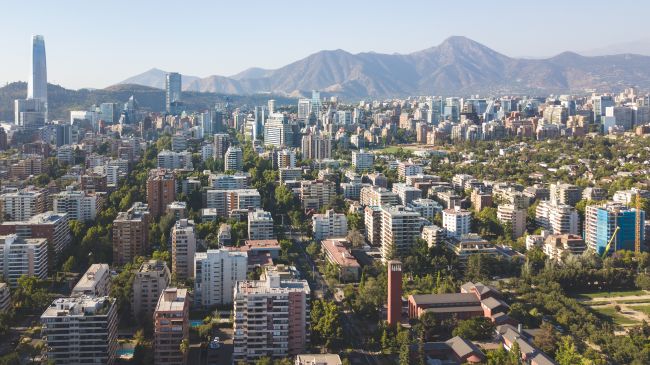Considerations for solving hospital parking problems
We look at five potential approaches to reducing parking demand at hospitals.

The topic of parking at hospitals is never far from the media glare. A popular opinion is that parking at hospitals should be free. From the work we have done in the health sector — both in England where parking charges are the norm and in Scotland where there is a policy of free parking — there appears to be little evidence that providing free parking can solve the chronic problems faced by hospitals.
To solve this problem requires a more strategic approach to pricing, as part of a wider Travel Demand Management (TDM) strategy. Building on our experience in this sector, potential approaches to reducing parking demand at hospitals include:
1. Ditching the supply-based approach to parking
A typical supply-based approach sees additional parking as the solution to capacity problems. However, experience shows that this doesn’t work. Hospitals that continue to invest in additional parking to address capacity issues often find that neither the problem nor the media spotlight go away.
2. Reducing the number of staff parking
A TDM strategy requires fewer staff, patients and visitors travelling by car. Hospital staff are regular commuters and employers have direct communication channels with them, so from a demand management perspective, it makes sense to focus on reducing staff parking demand. On the other hand, trips to hospital by patients and visitors are likely to be one-off or occasional trips at a time when illness may reduce their ability to travel by public transport, walk or cycle, which makes it harder to persuade them to use those modes. The difficulty (not the cost) of finding a parking space is often the main concern of patients and visitors – a practical way to make more spaces available to patients and visitors is to free up spaces currently used by staff.
3. Making the most of the local travel opportunities
Large hospital sites are generally well served by public transport. Finding out how many staff live close to public transport routes can help focus the allocation of parking to those who need it most. Supporting locally-based staff to walk or cycle instead of driving one or two miles can free up a significant number of parking spaces for patient use. Some hospitals have distance-based exclusion zones where locally-based staff cannot obtain a permit to park.
These can be an effective way to remove unnecessary car parking demand.
4. Incentivising the use of sustainable travel
Compared to the resources dedicated to providing parking for staff, those who walk, cycle or travel by public transport to work seem undervalued by the health sector, despite the healthier nature of these modes. Providing incentives for travelling sustainably brings a double benefit of improving wellbeing and reducing parking demand.
5. Flexibility
Travel options available to staff may be inflexible, both in terms of parking permits, which tend to be permits charged at an annual fee, and public transport options which operate to fixed routes and may not coincide with changing shift start and finish times.
Charging staff peruse of the car park, rather than a flat fee, gives them an incentive to commute by another mode. A flat annual parking permit arrangement encourages staff to drive every day. New smartphone technologies are also enabling more flexible transport services, such as on-demand minibuses and dynamic car sharing which can offer good options for getting staff into work for early shifts and guarantee journeys home for late workers.
Proactively supporting staff to get to and from work could help with recruitment and retention of staff, particularly those who are lower paid, an important issue for hospitals.
All these elements, when brought together into a coherent strategy, tackle the root of the problem and can be transferred to any large employment site struggling to cope with the differing demands of staff and visitors, including airports, shopping centres and visitor attractions.



















